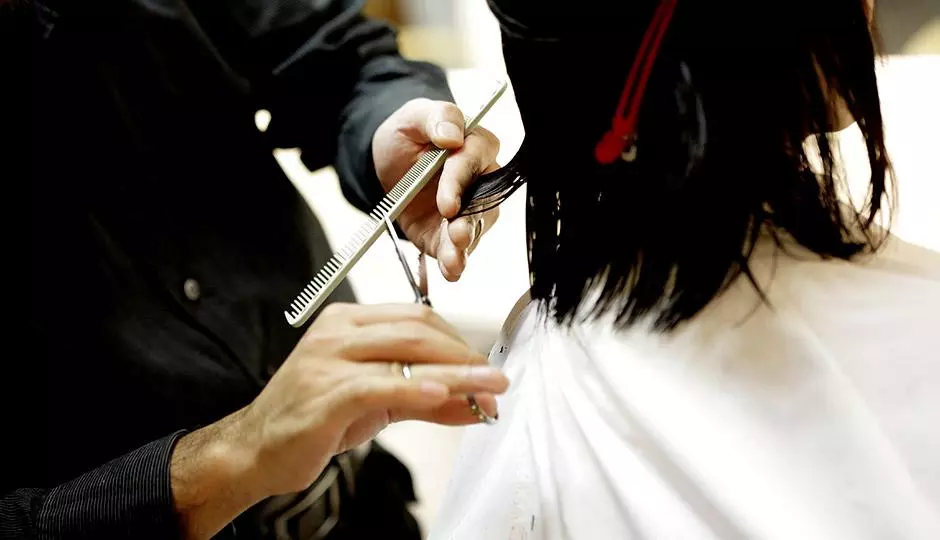When it comes to hair loss, most people picture men with receding hairlines — but it’s common in women, too. As much as 40 percent of American women suffer from some type of hair loss. Most experience it during their 50s or 60s, but it can affect women of any age. And while more men are comfortable with it, it’s not as easy on women. If you’ve experienced signs of hair loss, don’t fret; there are several steps you can take to deal with the often devastating effects.
Telltale signs of hair loss
The first step in coping with hair loss is to better understand what’s happening — there are many signs. Hair loss can be anywhere from mild thinning that’s barely noticeable to clumps of hair falling out, creating large bald areas on the scalp. Most women notice the following telltale signs:
- Increasing amounts of hair left on their pillow
- Excessive hair coming out after combing
- More scalp showing than normal
- Parts in hair appear much wider
Types of hair loss
The next step in dealing with hair loss is to realize there are different types. A disruption in hair growth can be caused by anything from medications and hormonal changes to illnesses and stress. Female pattern baldness (aka alopecia) is one of the most common types of hair loss, affecting about 50 percent of American women. The following types of hair loss are common in women:
- Androgenic Alopecia: diffuse thinning caused by hormones from ovarian cysts, birth control pills, pregnancy and menopause
- Alopecia Areata: spotty or complete hair loss caused by an autoimmune disorder
- Telogen Effluvium: shedding-like hair loss caused by trauma associated with child birth, infection, surgery and stress.
- Anagen Effluvium: up to 90 percent hair loss caused by chemotherapy
- Traction Alopecia: localized hair loss caused by excessive pulling of hair associated with extensions and braids.
Management of hair loss
The final step involves knowing there are solutions. When the conditions causing hair loss are diminished or eliminated, some or all of your hair may grow back. Depending on your circumstances, one of the following options might help:
- Laser Hair Loss Therapy and Scalp Treatments
- Modern day natural looking wigs and Hair Extensions
- Non-Surgical Hair Replacement
- Hair Transplants
For women, dealing with hair loss can be a day-to-day struggle. Although not easy to live with, it doesn’t have to mean the end of the world. Understanding the types and causes of hair loss, along with the various treatment options available, can help you minimize emotional trauma and stress. If you need some help then we are here to explain what could be causing your hair loss and what solutions are available to you. To Schedule your free visit, click here.
Sources
http://www.americanhairloss.org/women_hair_loss/
http://www.webmd.com/skin-problems-and-treatments/hair-loss/features/women-hair-loss-causes


